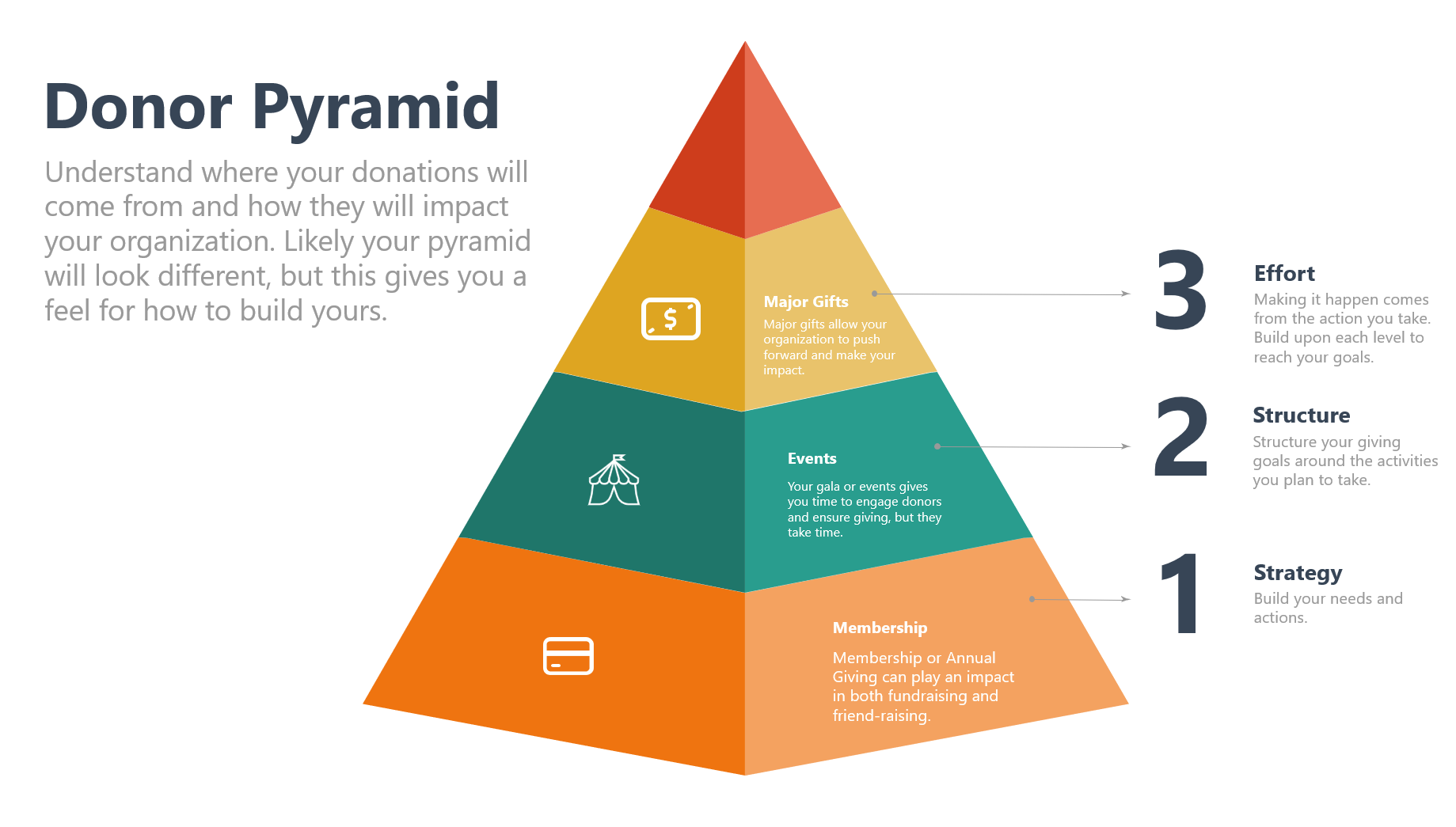Best Practices for End of Year Giving
Organizations have a lot riding on their end-of-the-year appeals for giving. This time of year is critical to a nonprofit’s strategy because it likely supports a significant amount of your financial mission needs. Giving Tuesday and the holiday season make up a very large portion of nonprofit fundraising annually and being prepared and optimized with best practices is key to maximizing this time of year. We have compiled an overview of tips that are built on what we see nonprofits failing to do this time of year. Don’t let two months of unpreparedness spoil ten months of great work. Check out these strategies below...
Personalization
Donors will be turned away by appeals that seem impersonal. Treating potential donors as names on a list is a sure way to turn them off to your organization. The best way to avoid this is to cut back on the degree to which your appeal is a 100% form letter. To achieve this, use some personalization. Donors are probably not expecting a completely unique, handwritten letter, but they do appreciate it when you take the time to show that someone worked on their letter with the intent to send it to them personally. How do you do this? Start with their name. Donors may not even realize it, but using someone’s name immediately grabs their attention. This is far more personal and captivating than “sir,” “madam,” “valued supporter,” etc.
Next, the focus turns to you. In this digital age where we receive emails by the dozens or even hundreds every single day, have multiple email addresses for work and personal use, and generally face a flurry of digital stimuli every moment of the day, it is very challenging to get through to people. One factor that can immediately set you apart, being a real person. Maybe that sounds odd at first but recall all of the emails for organizations and companies that have a paragraph of fine print right after their compelling message that states “this is an automated email” or “do not reply to this email.” People want to communicate with other people. Give them the opportunity to respond, have a real staff member sign your emails, and let your recipients know that someone is on the other end of that message.
Understand How Your Audience Behaves
Let’s face it, many of us only read the subject line of the emails in our inboxes. We make a decision based on this brief caption on whether to open, ignore, or delete the email. This is important to take note of. You need to write your subjects in order to grab the donor’s attention and make them curious enough to open the email. The best email subjects for donors are those that cause them to open the email with the intent to act. To do this you must make your subjects (1) clear and (2) value-added. Clarity is achieved with strong words. These are words like “join” or “save” connected with urgency such as “today” or “now.” While simple, these words convey clear messages to the viewer. Providing a value-added approach increases the clickability of your email. You can achieve this by using your subject to convey to donors that there is information in this email that they will want to see.
Keep It Simple
When writing your appeals, you may be drawn to beautiful and complex language, but it is important to remember that you need to aim for simplicity. A good idea is to aim for less wordiness, simple sentences, and understandable vocabulary. Most of your donors would understand a high reading level but that is not the point of the letter. It is better to aim for a middle school reading level (often said 6th grade). A great way to monitor the complexity of your work is by running it through Hemingway Editor.
Another great way to simplify and make things easier on your reader is by using an emphasis on key parts of your appeal. Some donors will simply not read every word of your appeal. If you emphasize key parts, their eyes will naturally be drawn to it. This may not get them to read the entire letter, but it will help ensure that the key parts of your message are seen. Additionally, larger font size is valuable. Most people type in size 12 font. Move that up a level to 14. This immediately makes the letter clearer, particularly for those who need glasses or proper lighting. This ensures that your reader won’t give up after seeing a small font size.
Keep Track
When sending multiple appeals over a set period of time, it is important to track who you send them to and who responds. Donors immediately feel like a number or name on a list when they receive a second appeal shortly after they answered your first by giving. This can cause donors to not want to give in the future. Maybe your appeals are a little more spaced out? It is acceptable to resend appeals to donors when spaced by longer periods of time but make sure you are not sending new appeals before thank yous. If a donor has already given, the next message in their inbox or mailbox must be a thank you, not another appeal. Treating your donors right is critical to building a strong base of recurring donors.
Some Concrete Strategies
All of that information was great, but we aren’t quite finished. We want to offer some frequently overlooked tips when it comes to end-of-the-year planning. Apply these tips and get started on the right foot before moving to more particular strategies.
1. Build a calendar with your printer/mail house
Building this calendar is critical both for your team and to put your vendor on notice. This is a busy time of year, and you don’t want to miss out because you are too late. Creating this calendar is especially critical if you are doing a large mailing, your printer may want to receive everything as soon as possible.
2. Timing for mailed appeals
What dates should you target on that calendar? Mailing should go out in mid-November. You should also consider another mailing hitting the mailboxes of your constituents in the last two weeks of December. This second mailing should not be the same letter as the first.
Appeal letter must-haves:
Always have the recipient’s name at the top
2 pages long (either front and back or 2 separate pages)
The ask should have 3 progressive dollar amounts
At least one P.S. (this is almost always read even if the letter is skipped)
3. Using email for appeals
You should utilize email roughly 2-3 times at the end of the year. This sets you up for emails every two weeks starting mid-November. Additionally, you should consider sending two in the last week of December. These emails will supplement your mailings by filling the space in between with reminders or impressions.
4. Social media appeals weekly
Some letters get lost in the mail. Some emails get overlooked or end up in a junk folder. Some of us stop checking emails when we are off work. Social media on the other hand is something viewers are always turning to, especially in their free time. Connect with donors in their downtime when they won’t be checking email or thinking about mail. This is a great channel to access new donors as well as keep your name out there constantly.
Your end-of-the-year appeal is critical. It is you one last shot to fundraise, and for many organizations, one last shot to secure essential funding. Many nonprofits gain significant portions of their operating budget in this final push for donor dollars. Use these strategies in order to understand what is right and more importantly, what is wrong.
Want to maximize your end-of-the-year appeal? NMBL Strategies has worked with nonprofits for years, helping in some of the greatest nonprofit developments of the previous 20+ years. In that time, we’ve raised more than $100 million, developed millions of dollars more in earned income, and most importantly, developed the strategies and insights behind these efforts. Let us bring that experience to your nonprofit today and ensure your financial future is in good hands.













